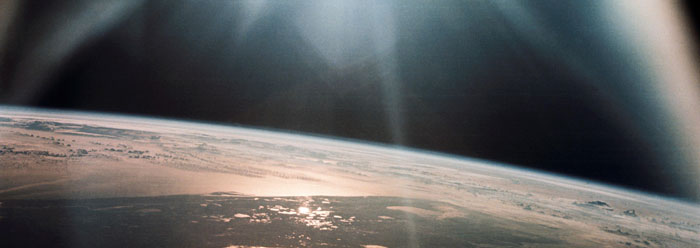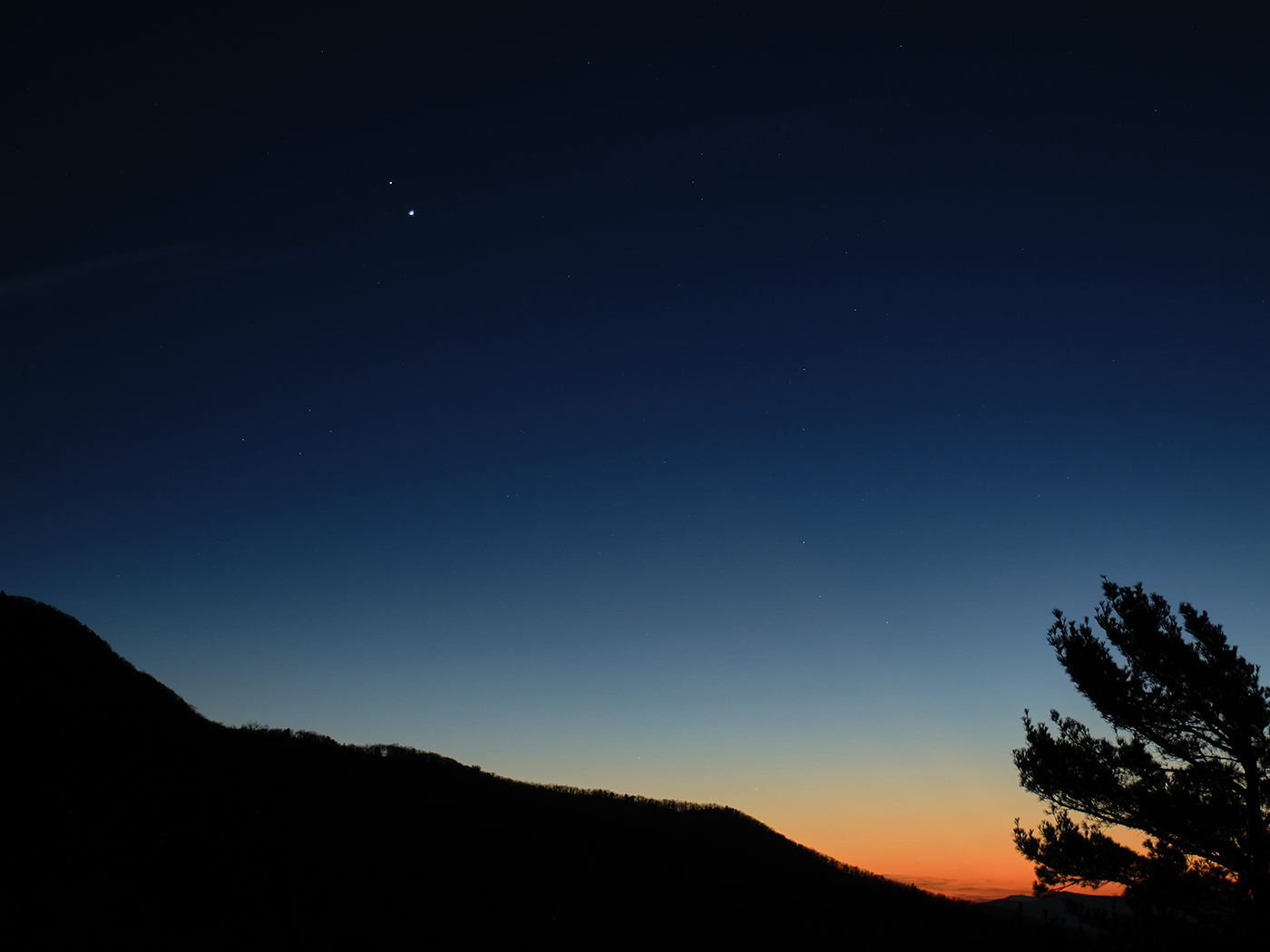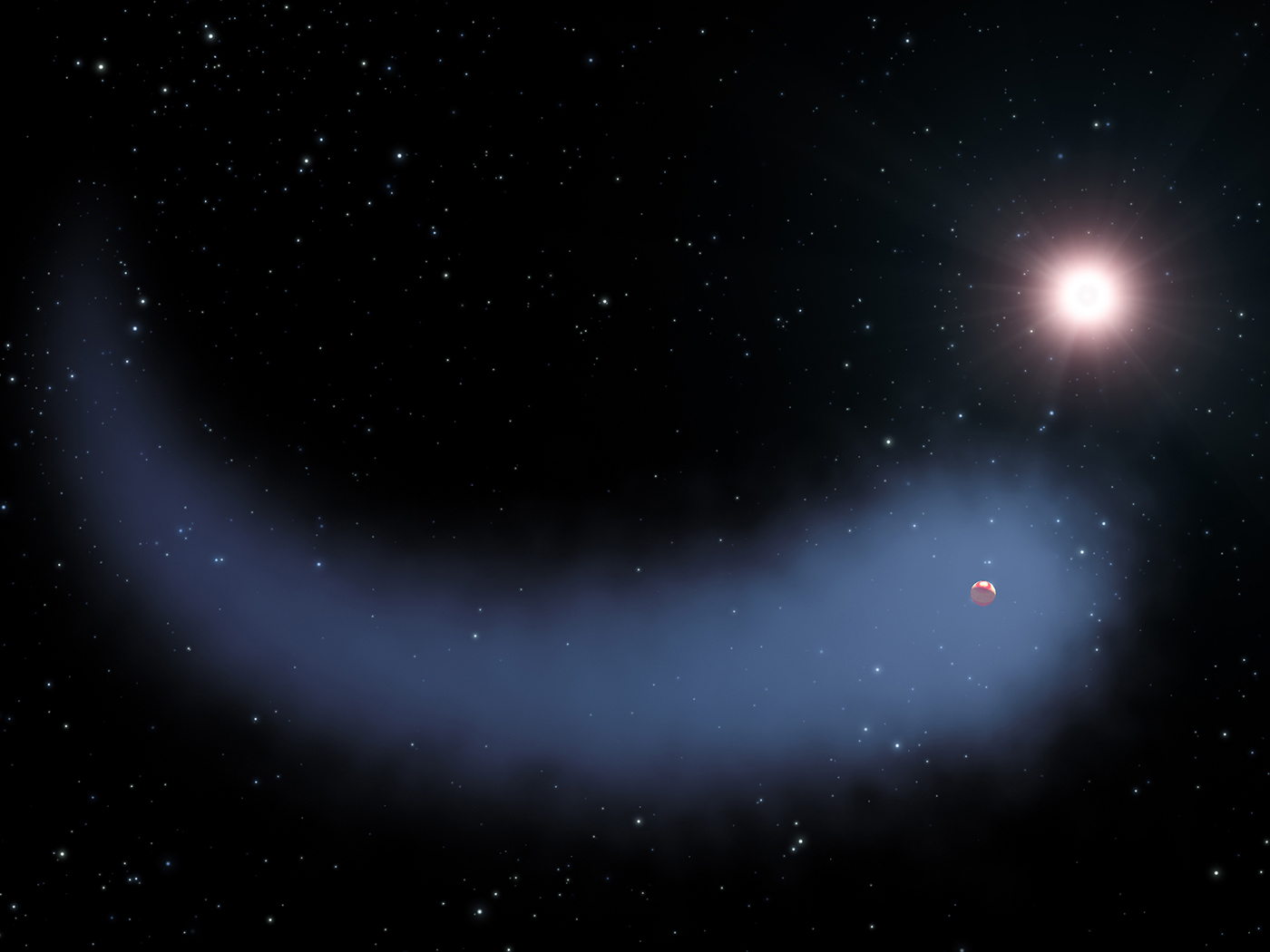The solar system is packed with wonders, from examples of geometric precision to evidences of a youthful origin. For over a century, some astronomers have theorized that the sun, planets, moons, and comets of the solar system all coalesced from a single massive swirling cloud of space dust or debris. This "nebular hypothesis" has encountered a multitude of insurmountable challenges,1 and new data provided by NASA have added yet another puzzle it cannot solve.
Among the questions the hypothesis fails to answer are where the initial debris came from, how it separated from nearby suns, and what started its spinning motion. The nebular hypothesis also fails to explain how the dust overcame its natural repulsive force to be compressed into planets or the sun, why Venus and Uranus rotate in an opposite direction to the other planets, and why the combination of elements like iron, nickel, or carbon is unique to each planet. If they all had the same source, they should be comprised of similar components.
Now, a new analysis published in Science may have flunked the nebular hypothesis completely. NASA's 2004 Genesis mission was able to capture samples of solar wind containing debris from the outer layer of the sun. Researchers used the data to analyze oxygen concentrations between the sun, earth, moon, and meteorites, including meteorites from Mars.
They concluded that "our results demonstrate that the Sun is highly enriched in 16O relative to the Earth, Moon, Mars, and bulk meteorites."2 Of all oxygen's isotopes, 16O is the most common, and is not radioactive. Lead author Kevin McKeegan from UCLA told Space Daily, "The implication is that we did not form out of the same solar nebula materials that created the sun…just how and why remains to be discovered."3
The bottom line is that the sun is "highly enriched" in oxygen, and astronomers have no idea why.2 And it's hard for an investigator to "discover" the past when he or she is unwilling to follow the forensic clues wherever they may lead, even if they lead to a purpose-minded designer.
The nebular hypothesis is dead, and no other naturalistic origins scenario has fared any better. Clearly, the solar system is not a product of natural forces but of supernatural. And only supernatural beginnings can account for the peculiarities of the solar system, including the unique amounts of oxygen contained in the sun, planets, and moons.
References
- Coppedge, D. 2008. Nebulous Hypotheses. Acts & Facts. 37 (2): 15.
- McKeegan, K. D. et al. 2011. The Oxygen Isotopic Composition of the Sun Inferred from Captured Solar Wind. Science. 332 (6037): 1528-1532.
- NASA Mission Suggests Sun and Planets Constructed Differently. Space Daily. Posted on spacedaily.com June 24, 2011, accessed June 24, 2011.
Image credit: NASA
* Mr. Thomas is Science Writer at the Institute for Creation Research.
Article posted on July 8, 2011.

























